Devlog Week 9
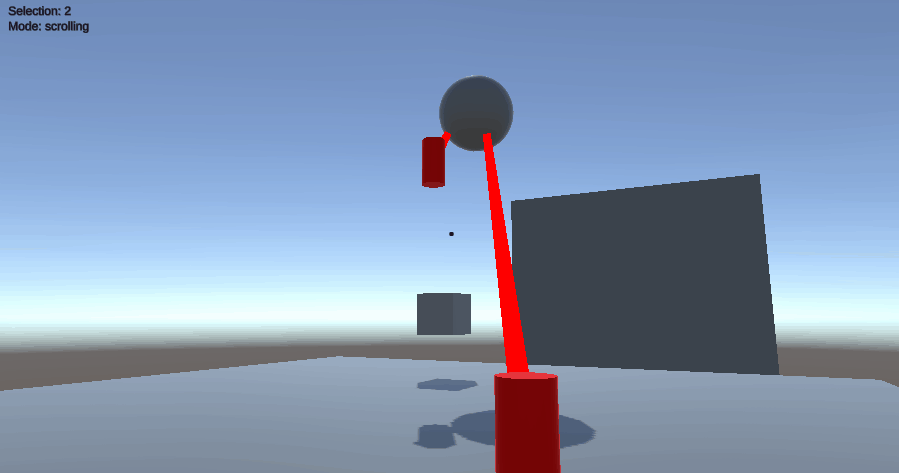
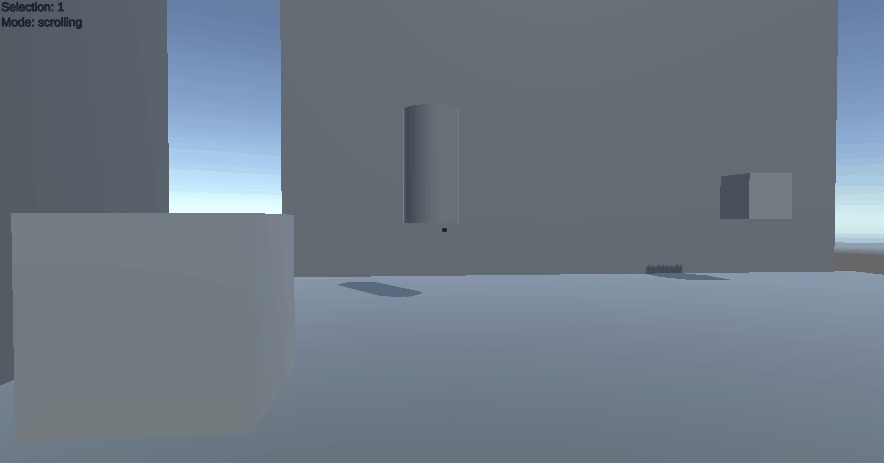
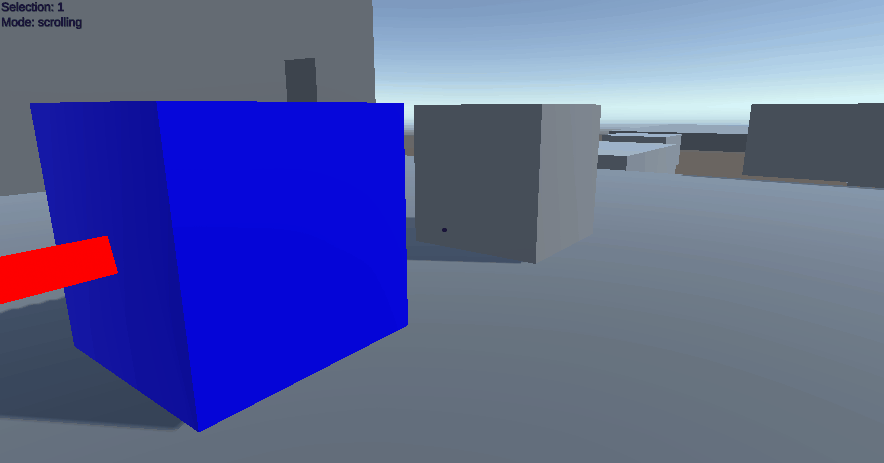

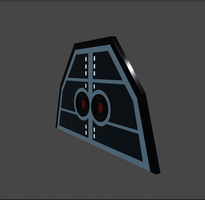
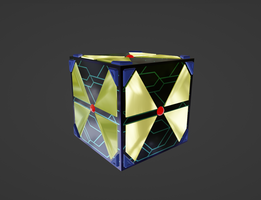
Liam - Programming
Pressure Plate Update
Due to requiring pressure plates to move around or be in other orientations, I had to create a new non-physics based pressure plate. This one instead snaps directly between states, and uses a thin trigger collider above it to detect objects.
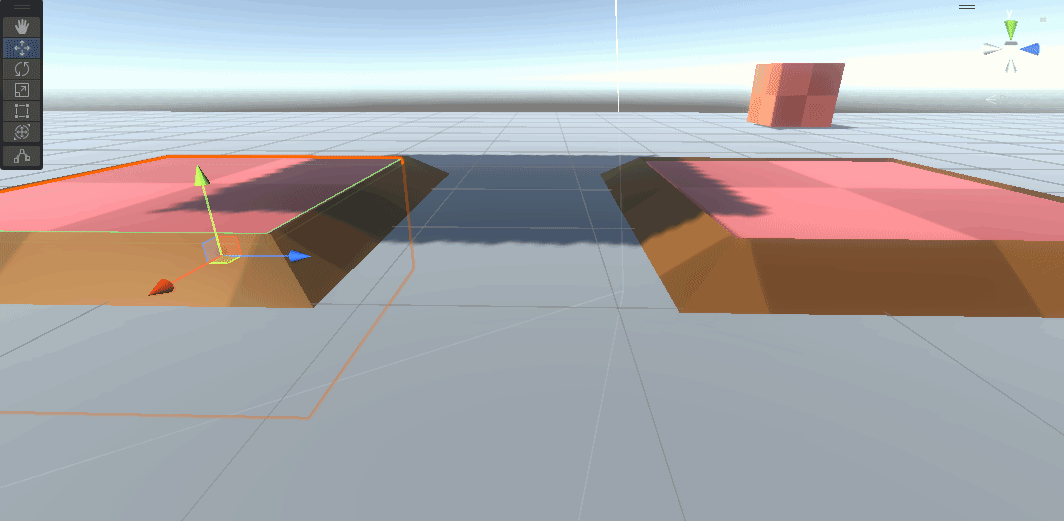
I also updated the pressure plates so they have a debounce on state change. This means that when boxes fall on or off them, they're less likely to "flicker" between states or rapidly trigger any attached events.
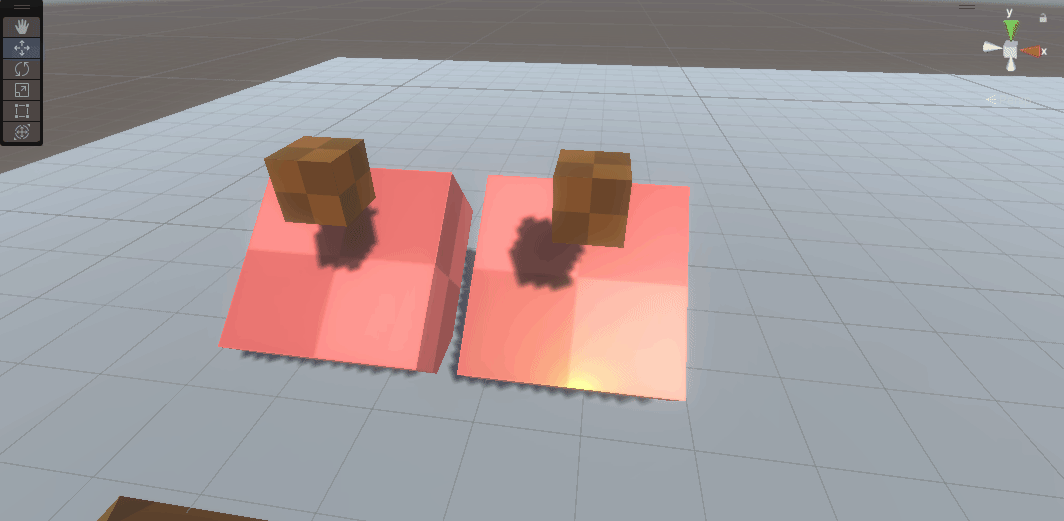
Controlled Translate
I had previously added the controlled translate, but mostly finished its functionality this week, including new states, and the ability to switch between them cleanly. The main one was the reset function, as these are primarily used to open/retract bridges and gates.
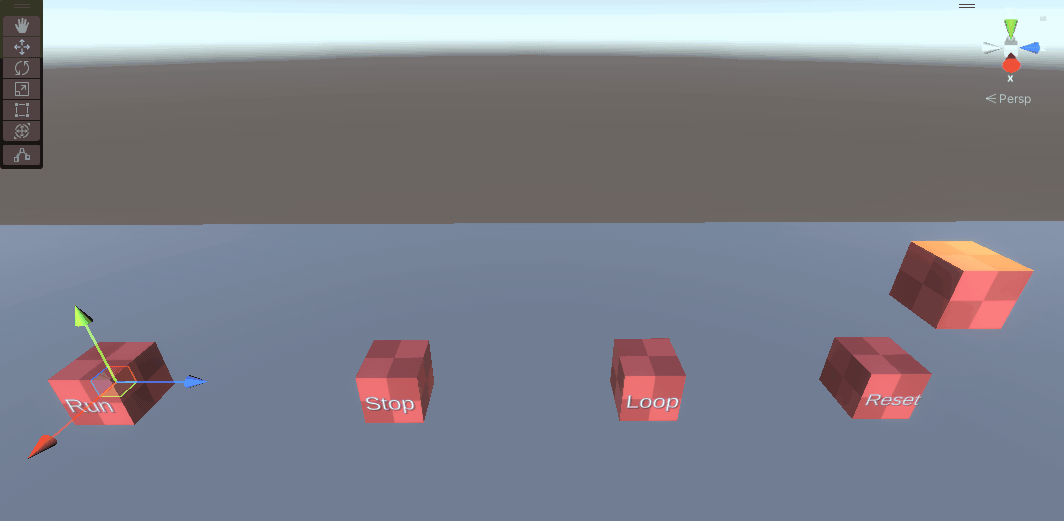
Adam - Programming
Connection Beam
This week I implemented a mechanic that we had discussed. We wanted the connection beam between connected objects to have an effect on game play. The first thing I wanted to do was to have certain objects be "activated" when the beam passed through them. The idea is that you can use up a connection to power up an object. This might be required to solve a puzzle and the problem solving scenario it creates is that the play needs to use up a connection to power something on which means they will have one less connection to use for movement and puzzle solving while it is active.
Beam activates an object:

As the beam hits a relevant object it can trigger any event in the game, in this case it changes the colour of a cube. It's very flexible and can be used for any puzzles that require something to be activated.
Batteries
The next element I created was batteries that the player needs to transport to a power source. The idea is that the power source could be a centralised hub in a level and that the player would have to complete a few puzzles to find the batteries and then figure out how to transport them back to the hub. This works in a similar way as the connection beam. The only difference is that they are activated by being close to the power source. This mechanic is also very flexible and will probably be used for a few different mechanics. The amount of batteries required to power it on can be changed.
Batteries being close to a source activated it:
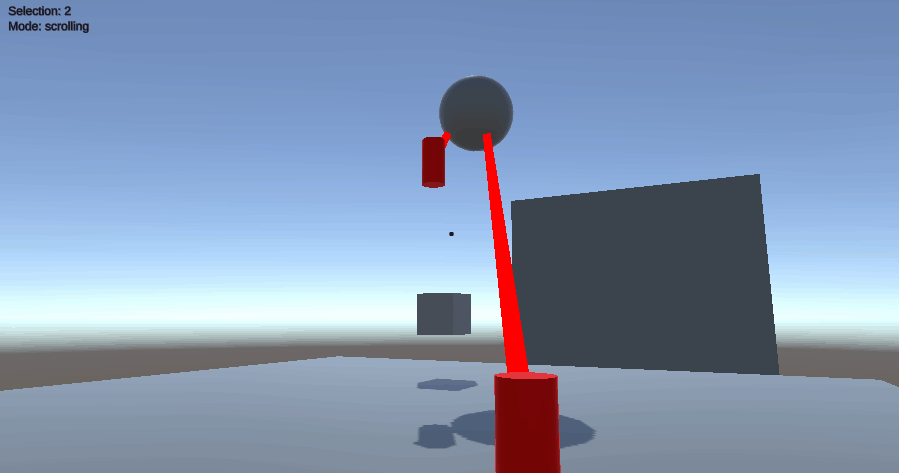
Other Stuff
A slight change I made to the connection beam is that individual connections can be disabled one by one. This makes the game play a bit better because the player doesn't have to worry about ruining their current settings and having to start a puzzle all over again. The other thing is that while I was playing with the connection controls I realised that you could use the connection to push other object. I think this could be a cool mechanic to use at some point as it gives another way for player to use the gun.
Pushing blocks:

At this point most of the mechanics are done so I will mostly be working on bug fixing and visuals from here on.
Ethan - Level Design
Level 2 Playtesting
This week I experimented with the mechanics that had been programmed, particularly the pressure plates, with the aim of developing interesting ways to use them as well as discovering and reporting any bugs with the features. I wanted to see how the pressure plates could be used as a movable connectable object, and this testing produced interesting results due to the physics involved.
After discussing the issue of the pressure plate being affected by the connection pull, an alternative "static" pressure plate was developed.
I set up the bridges and barriers that I had previously made to use the newly developed reset functionality of the pressure plates. After testing it, I found that this feature works reliably.
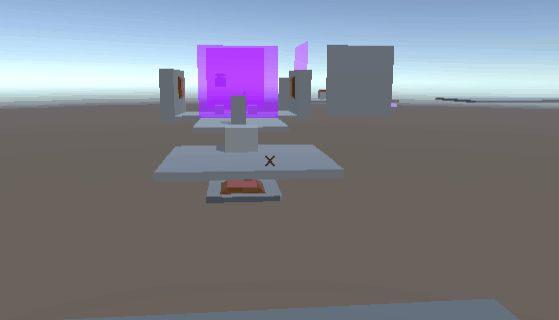
Teaching Controls
I also began to consider how the player would be taught the basic controls of the game. The core principle of the level design thus far is to introduce each new mechanic on its own in a simple way, and then challenge the player to combine their new knowledge with everything else they've learned. However, no matter how intuitively each mechanic is presented, without some indication of the controls it would be very difficult for the player to initially progress. The concept I have is to render icons on new obstacles in the game which give an indication of what to do. As a start, some simple mouse icons were made, modified from an image by Freepik, that will be overlaid on the gate model (shown in the Modelling section) to show the player how to make their first connection.
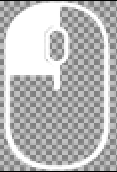
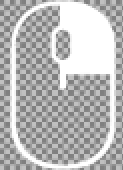
Aiden - Modelling
Wall Texture

To fit with the game's concept, I've included a wall texture with a pattern made up of random lighting cables. The texture sheet's bright and dark colour might be further modified within Unity by utilising the Shader Graph tool to suit our needs.
Metal Gate
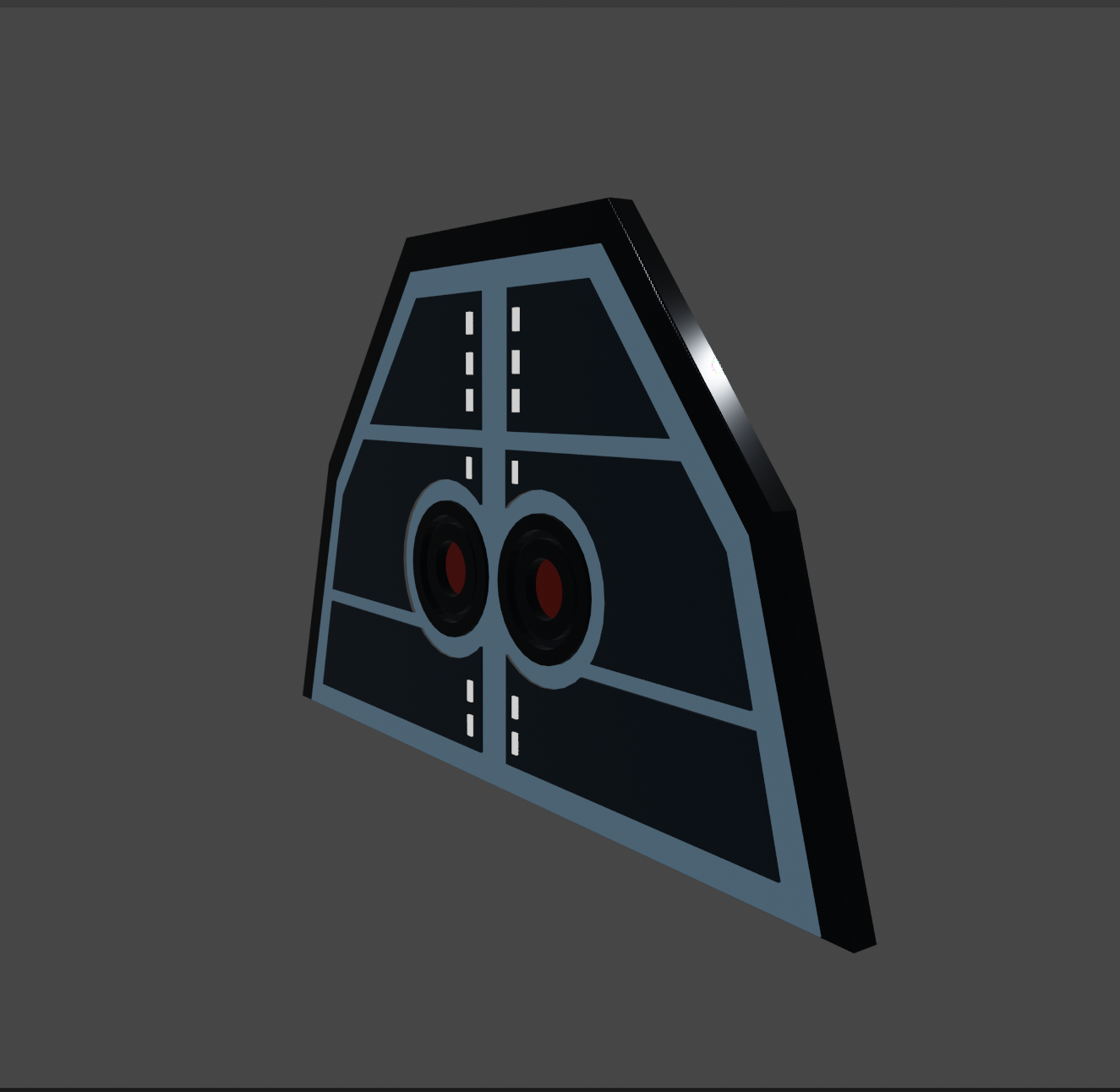
The first encounter and obstacle that our player must overcome is this metal gate. The gate's colour scheme was particularly designed to complement the game's aesthetic. The player must use the Connector Gun to shoot at the red holes on either side of the gate in order to make a connection which can be manipulated to open it.
Connecting Cube
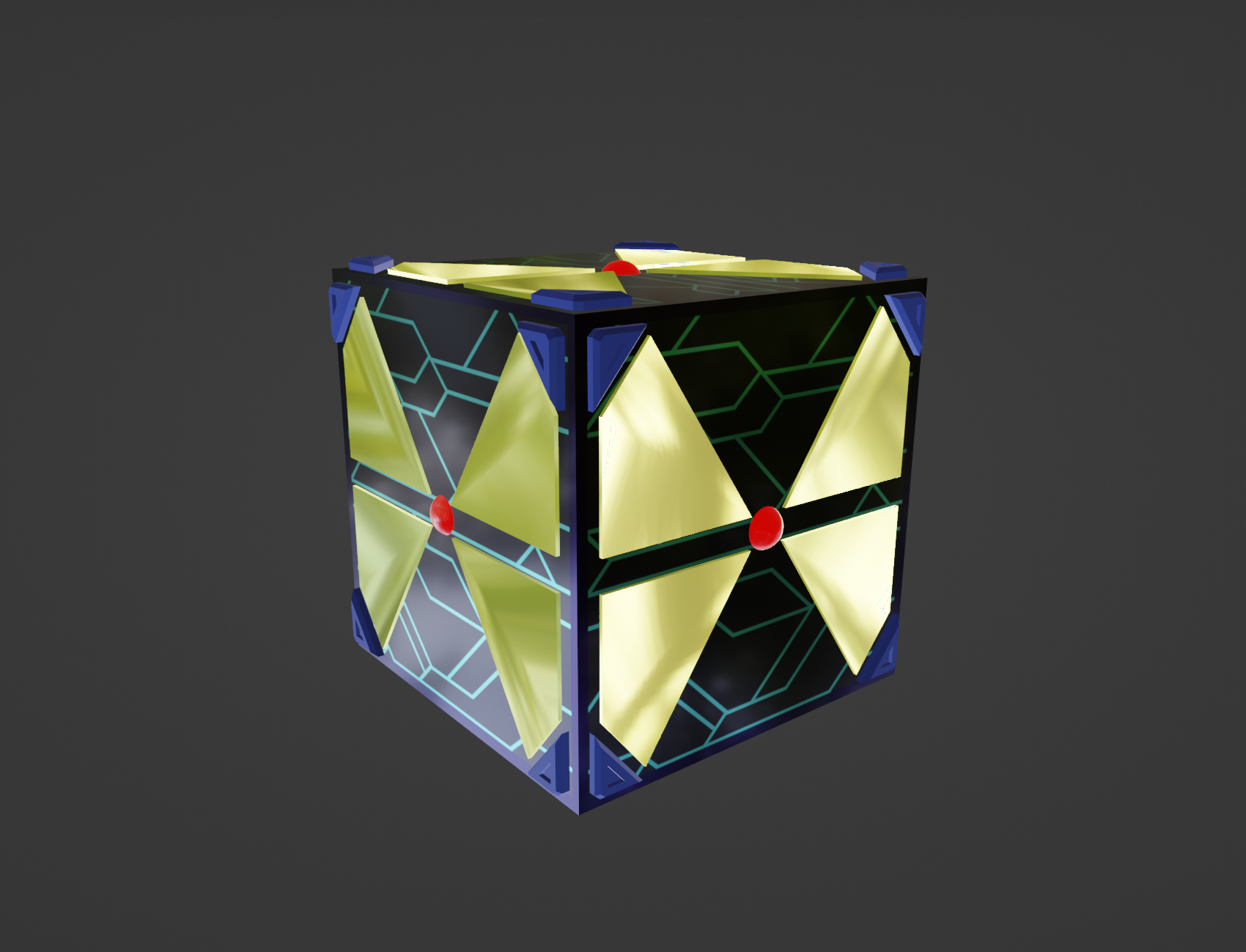
Another tool that aids player solve puzzle and/or get over some obstacles along the way. Each level has a random location for the cube, which may be moved by attaching it to another object with the gun's bullets. The cube's pattern was initially designed to go with the game's futuristic/technological theme. On the other side, the decoration's vivid colour was selected to attract the player's attention.
This is the end of this week's Devlog. Hope to see you again on the next update!
Connector Gun
Connect objects to traverse a mysterious world of puzzles in as many ways as you can imagine!
| Status | In development |
| Authors | estainer, utas-llf, lhadinh, Losmada |
| Genre | Puzzle, Platformer |
| Tags | First-Person, Puzzle-Platformer |
| Languages | English |
More posts
- Devlog Week 13Oct 14, 2022
- Devlog Week 12Oct 13, 2022
- Game Testing SummaryOct 06, 2022
- Devlog Week 11Oct 06, 2022
- Devlog Week 10Sep 27, 2022
- Devlog Week 8Sep 06, 2022
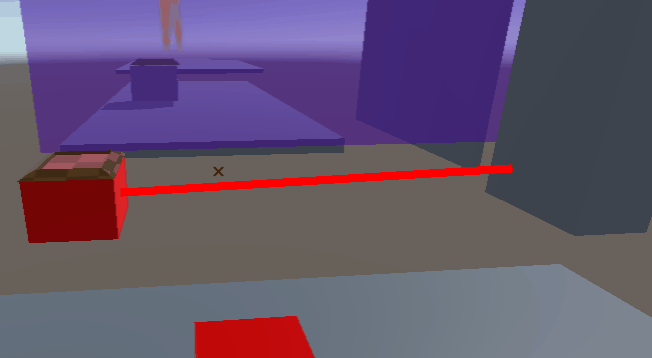
Leave a comment
Log in with itch.io to leave a comment.